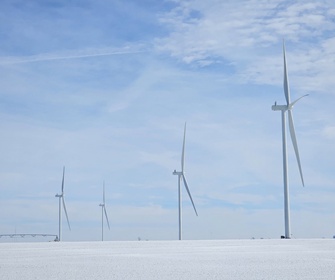The global offshore wind supply chain will require US$ 27 billion of secured investment by 2026 if it is to meet a fivefold growth in annual installations (excluding China) by 2030, according to latest Horizons report by Wood Mackenzie.
This figure is based on Wood Mackenzie’s base case outlook which forecasts annual capacity additions to hit 30 gigawatts (GW) by 2030, but is dwarfed by policymakers’ offshore wind targets, which would require nearly 80 GW per year. To hit this goal set by governments across the world, the supply chain is estimated to require more than US$100 billion in investment.
Some 24 GW of projects scheduled to come online between 2025 and 2027 have secured a route to market, through either some form of subsidy or power purchase agreement (PPA), but not yet made a financial investment decision (FID). This is the stage where developers look to firm up project orders with the suppliers, but multiple global projects now find themselves delayed as they look to renegotiate offtake contracts given increased supply costs and inflation.
Delaying projects at this stage will shift the anticipated equipment demand from 2025-27 to 2028-30. While the result would be less need for manufacturing expansion in the shorter term, there would be an even greater need for investment to expand to meet the demand from 2028-30.
Many investors are concerned that if the supply chain were built out to satisfy peak installation demand in 2030, in order to meet government wind targets, there would be insufficient demand for equipment to support it after 2030.
Scaling up the offshore wind supply chain will require a number of adjustments by governments and developers. First, target setting and plans for power market infrastructure to support offshore wind need to extend beyond 2030 in places where they do not already do so. Other factors for policymakers to consider include the impact on the supply chain when deciding whether or not to renegotiate existing contracts and pausing the turbine size arms race with a size cap.
Developers also need to consider innovative partnerships with suppliers to provide the demand stability that suppliers need to increase capacity.








